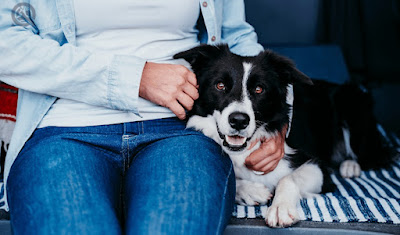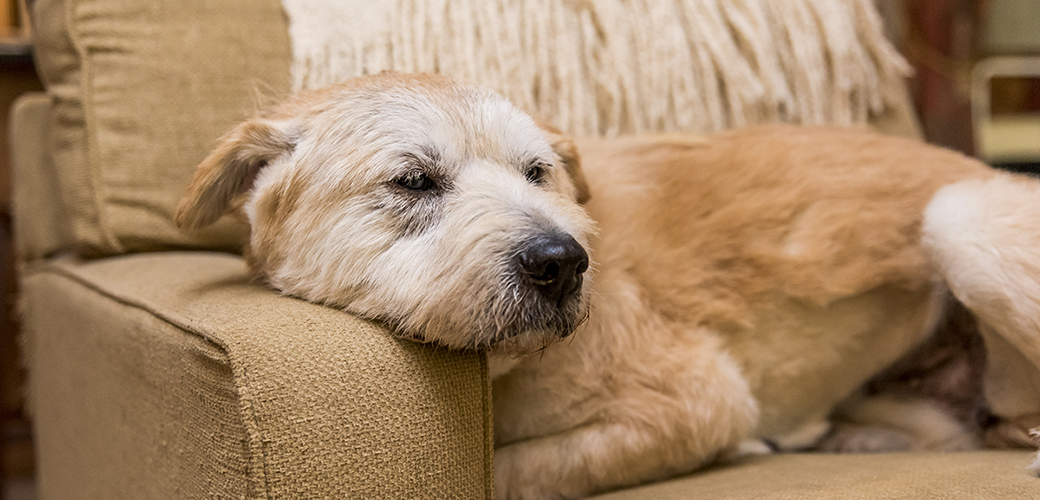How to deal with dog aggression

Dog aggression can be a challenging and concerning issue for pet owners. Aggressive behavior in dogs can manifest in various ways, such as growling, barking, biting, and lunging. It can be triggered by fear, anxiety, territorial instincts, or other factors. If your furry friend is displaying signs of aggression, it's crucial to address the issue promptly and effectively to ensure the safety of both your dog and those around them. In this article, we will explore practical tips on how to deal with dog aggression and incorporate affordable dog grooming as a potential solution to manage aggressive behavior.
Understanding the Root Causes of Dog Aggression:
Before delving into solutions, it's vital to understand the root causes of dog aggression. Aggressive behavior in dogs can stem from various factors, including fear, anxiety, lack of socialization, past trauma, medical issues, or learned behavior. Identifying the underlying cause of your dog's aggression is crucial in developing an effective strategy to manage the behavior.
Tip 1: Consult with a Professional:
If your dog displays aggressive behavior, it's essential to seek professional help from a veterinarian or a certified dog behaviorist. These experts can assess your dog's behavior, identify the root causes of aggression, and provide you with tailored advice and strategies to manage the issue effectively. They can also rule out any potential medical causes that may be contributing to your dog's aggression.
Tip 2: Implement Positive Reinforcement Training:
Positive reinforcement training is a powerful tool in managing dog aggression. It involves rewarding desirable behavior to encourage its repetition, while ignoring or redirecting undesirable behavior. Using treats, toys, and praise as rewards can motivate your dog to exhibit desired behaviors and help reshape their aggressive tendencies. Consistency, patience, and positive reinforcement are the keys to successful behavior modification.
Tip 3: Socialize Your Dog:
Socialization is critical in preventing aggression in dogs. Exposing your dog to various people, animals, and environments from an early age can help them develop positive associations and reduce fear or anxiety-related aggression. Gradual exposure and positive reinforcement can desensitize your dog to potentially trigger situations, building their confidence and reducing aggressive behavior.
Tip 4: Provide Adequate Exercise and Mental Stimulation:
Regular exercise and mental stimulation are essential to a dog's physical and mental well-being. Adequate exercise can release excess energy and reduce pent-up frustration, which can contribute to aggressive behavior. Mental stimulation, such as puzzle toys or training sessions, can also help keep your dog's mind engaged and prevent boredom, which can be a precursor to aggression.
Tip 5: Create a Safe and Consistent Environment:
Establishing a safe and consistent environment is crucial in managing dog aggression. Create clear boundaries and rules for your dog and consistently enforce them. Provide a designated space for your dog to retreat to when feeling overwhelmed, and avoid exposing your dog to situations that may trigger aggression. Consistency and routine can help your dog feel secure and reduce stress-related aggression.
Tip 6: Consider Cheap Dog Grooming:
Grooming plays an essential role in a dog's overall well-being and behavior. Regular grooming sessions can help maintain your dog's physical health and appearance, prevent skin issues or discomfort, and reduce stress or anxiety-related aggression. While professional grooming services can be expensive, there are cost-effective options, such as DIY grooming or affordable mobile grooming services that can provide basic grooming needs for your dog at a lower cost.
Other recommended posts
How to Care for a Pregnant Dog: A Guide for Pet Owners
How to choose the right collar and leash for your dog




Comments
Post a Comment